Hand therapy intervention activities for Chemo-Induced Peripheral Neuropathy (CIPN)
Filed under Treatments
Blog Post Written By: Rita Steffes
Patients with CIPN may present with symptoms that include numbness, tingling, hypersensitivity to cold, loss of tactile or vibration sensitivity, decreased balance, and shooting burning pain in their hands These symptoms make it difficult for oncology patients to participate in all activities of daily living with dressing, meal preparation, writing, and texting. Research supports that intervention planning for patients with CIPN benefit from a combination of sensorimotor training, resistance training, and endurance training.
- Coin rice search with a towel covering the bowl: This enhances the patient’s sensory system and tactile awareness while being desensitized to the tactile input of the rice.
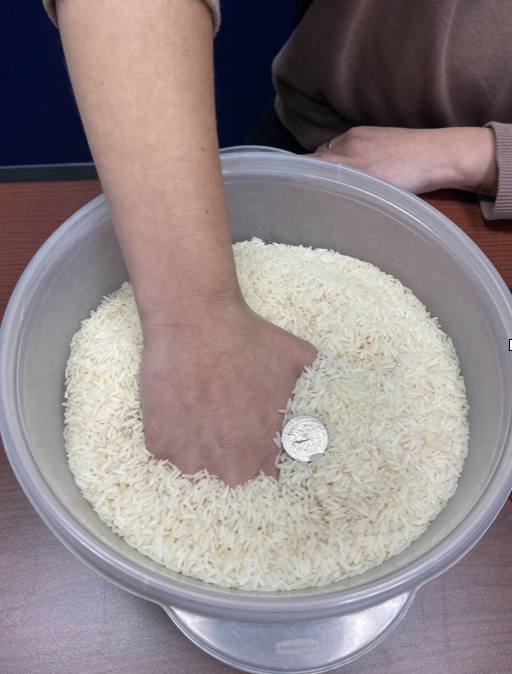
- Button book: Patients experiencing CIPN may have difficulties completing dressing tasks with buttons and zippers due to loss of tactile awareness and numbness. This activity increases fine motor coordination with sensory input from the activities materials, allowing patients to work on the functional task of buttoning and unbuttoning different sized buttons.
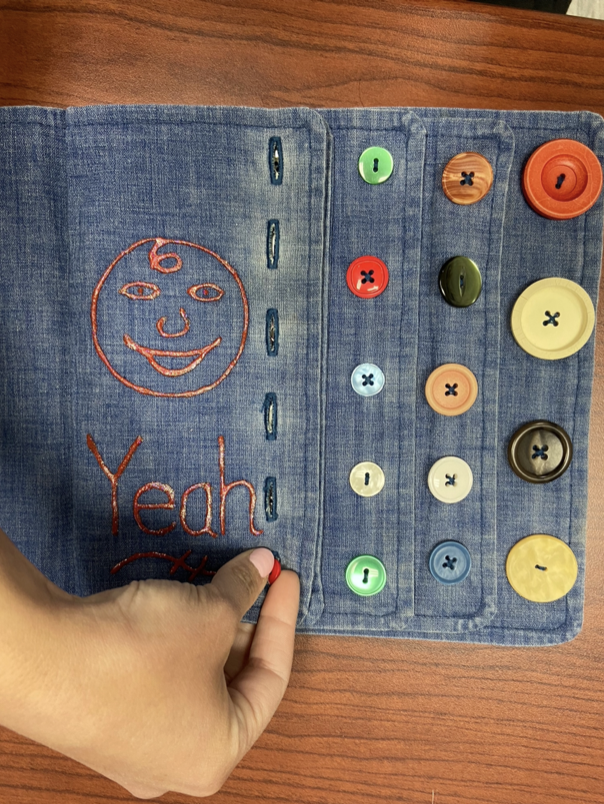
- Vibration tools: Patients may benefit from sensorimotor activities that promote vibrational input, helping to increase awareness and help with numbness and pain.
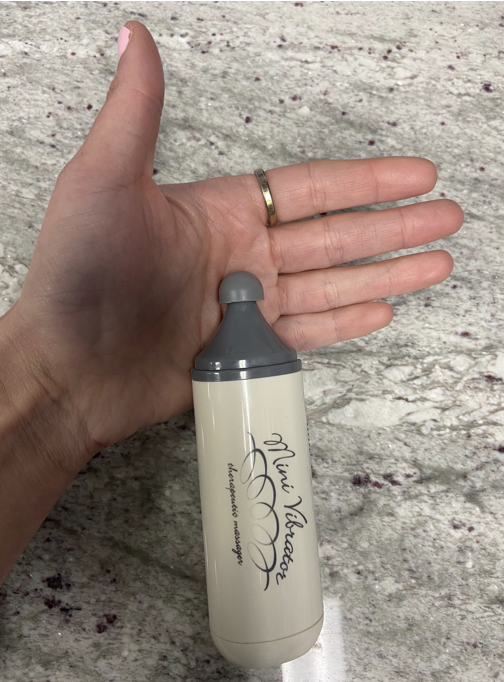
- Table sled: The patient works to push this sled back and forth promoting a push and pull motion. This activity is a great intervention for resistance training individualized for the client by easily being able to increase or decrease with weights on the sled that match the needed resistance for the patient.
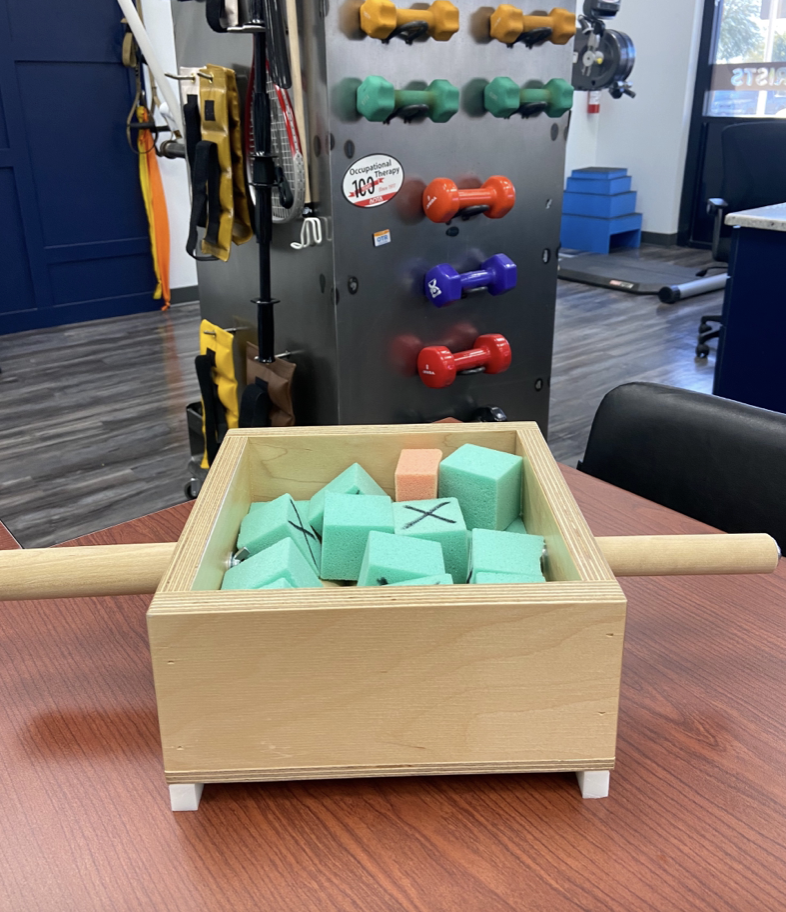
Tofthagen, C., Visovsky, C., and Rodriguez, R. (2017). Chemotherapy-induced peripheral neuropathy: An algorithm to guide nursing management. Clinical Journal of Oncology Nursing 17 (2), 138-144. DOI 10.1188/13.CJON.138-144
Kleckner, I. R., Park, S. B., Streckmann, F., Wiskemann, J., Hardy, S., and Mohile, N. (2021). Clinical and practical recommendations in the use of exercise, physical therapy, and occupational therapy for chemotherapy-induced peripheral neuropathy (peripheral neuropathy occupational therapy).
2 Comments
Leave a Comment
More To Read
Covid-19: What is your clinic doing?
It’s what every patient is talking about when they come in? With the suspension of every major sport, international travel banned, and hospital quarantines, everyone wants to know what their own therapists are doing to address the problem. I’m a small business owner and therapist. That means I really have 3 priorities. 1: Protect my…
Read MoreSoft Tissue Healing in Pediatrics
By: Chelsea Gonzalez Why do pediatric clients often not require as much hand therapy for soft tissue injuries when compared to adults? The simple answer: Kids have very elastic soft tissue, which can return to its original shape and position after stretch. This elasticity is lost with time as collagen fibers expand and their internal…
Read MoreA Better De Quervain’s Tenosynovitis Test
J. F. Goubau, L. Goubau, A. Van Tongel, P. Van Hoonacker, D. Kerckhove, B. Berghs (2013).The wrist hyperflexion and abduction of the thumb (WHAT) test: a more specific and sensitive test to diagnose de Quervain tenosynovitis than the Eichhoff’s Test. J Hand Surg Eur Vol. 2014 Mar; 39(3): 286–292. Published online 2013 Jan 22. doi:…
Read MoreSign-up to Get Updates Straight to Your Inbox!
Sign up with us and we will send you regular blog posts on everything hand therapy, notices every time we upload new videos and tutorials, along with handout, protocols, and other useful information.


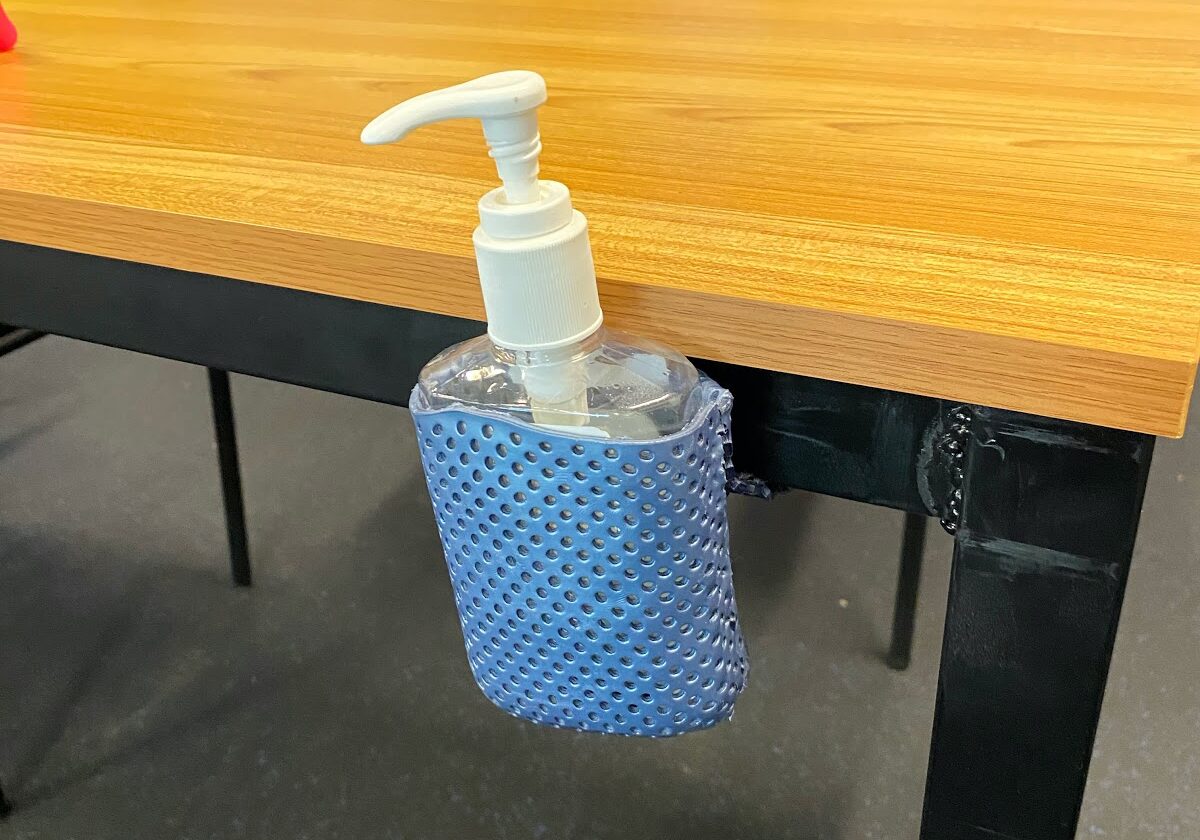
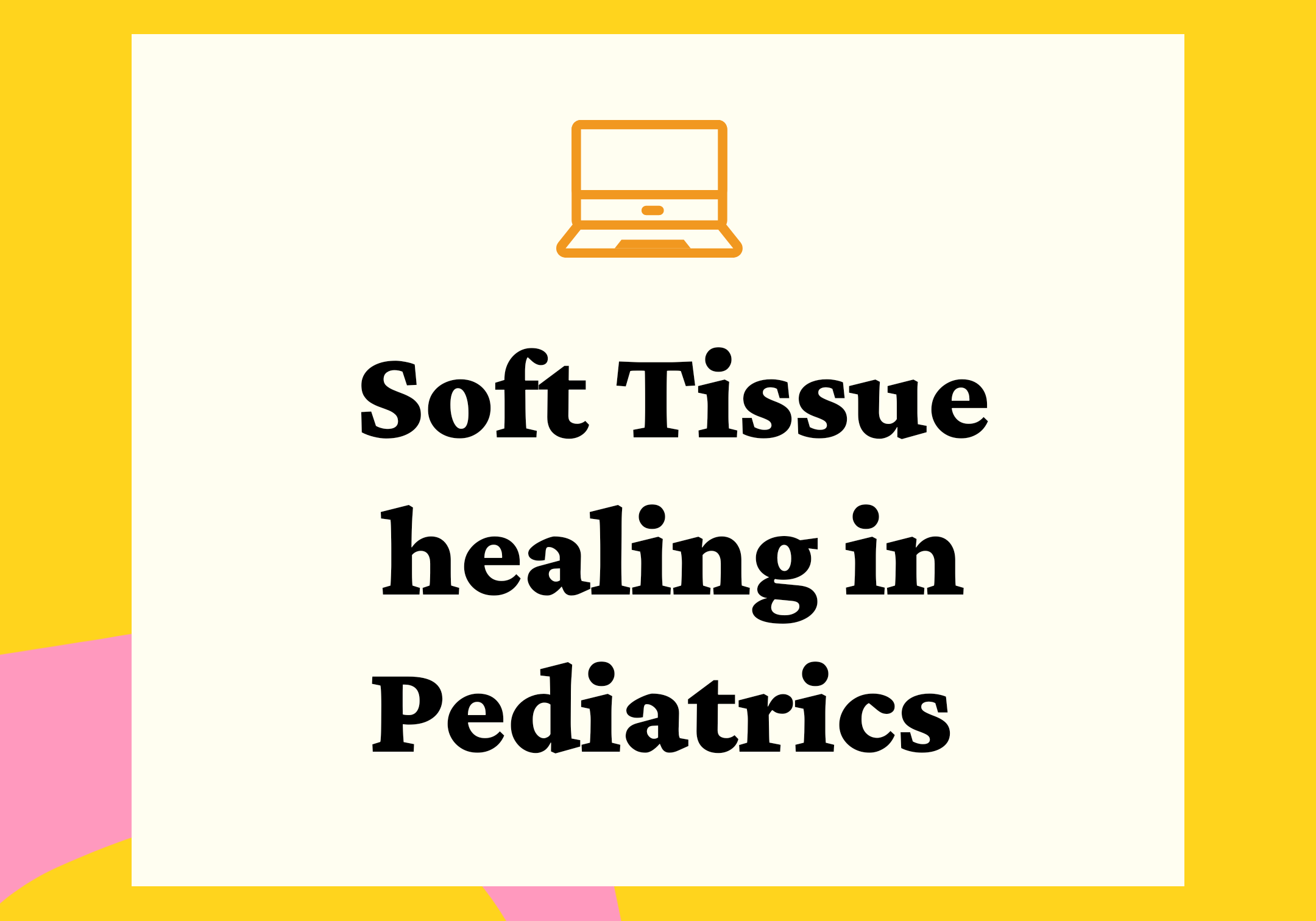
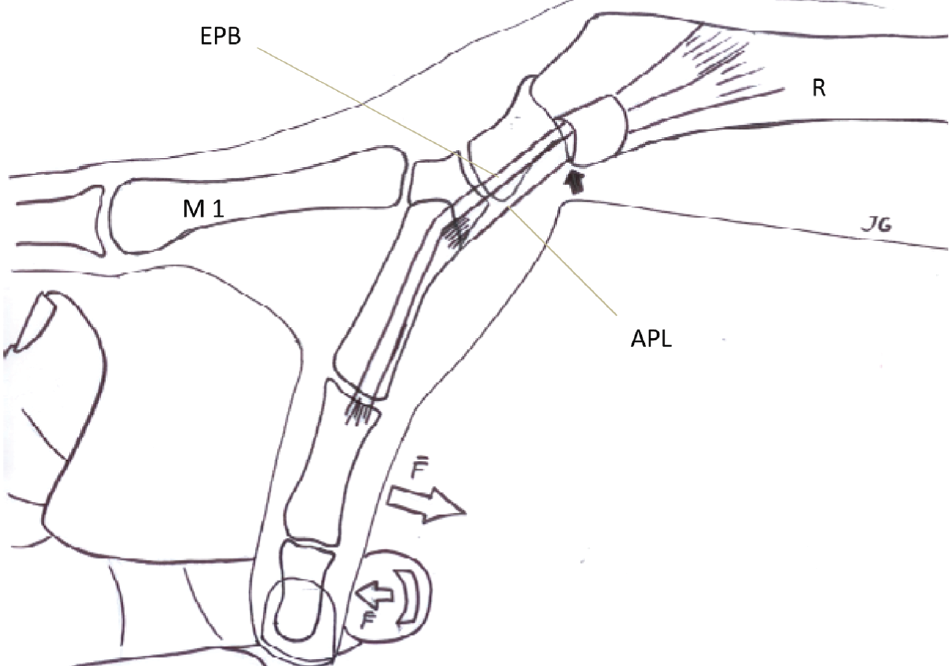

I have a patient with exactly this problem so great timing for this post! Some great ideas to make an interesting and fun programme for them.
Awesome! Glad it was helpful!